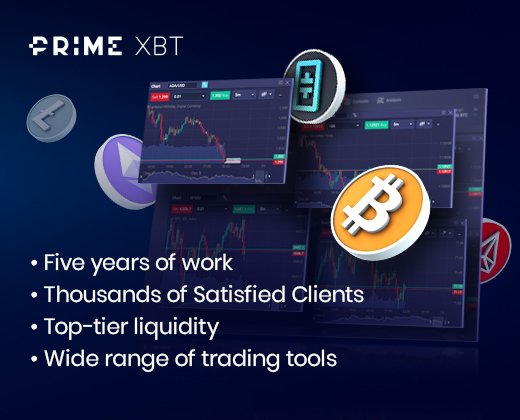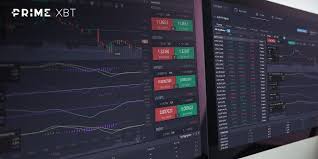
Understanding How to Effectively Change a Stop Loss Order
In the dynamic world of trading, managing risk is paramount for success. One crucial tool that traders utilize to mitigate potential losses is the stop loss order. However, knowing how to adjust this order effectively is equally important. This article will delve into the nuances of changing a stop loss order, and we will provide practical insights on leveraging this tool to optimize your trading strategy. For more information on trading strategies, you can visit changing a stop loss order after it’s placed on primexbt PrimeXBT for invaluable resources.
What is a Stop Loss Order?
A stop loss order is a predetermined price point set by a trader to sell an asset once its price drops to a certain level. This order is designed to limit an investor’s loss on a position in a security. In other words, if the market moves in an adverse direction, the stop loss order automatically executes, helping traders minimize their losses without needing constant monitoring of their positions.
Why Change a Stop Loss Order?
Changing a stop loss order is a strategic decision that traders make for several reasons:
- Market Volatility: In fast-moving markets, standard stop loss points may not reflect current market conditions.
- Position Adjustment: As a trade progresses and profits accumulate, traders may want to adjust their stop loss orders to protect gains.
- Changing Market Conditions: Economic news or fundamental changes can affect the viability of a stop loss order.
When to Change a Stop Loss Order
Timing is crucial when it comes to adjusting stop loss orders. Here are scenarios when you might consider making changes:
- After Profit Milestones: Once a trade has surpassed a certain profit level, consider moving your stop loss order closer to the current price to lock in gains.
- Analysis of Support and Resistance Levels: If the asset approaches major support or resistance levels, consider reassessing your stop loss order in relation to these price points.
- Adjusting to News Events: Before significant news releases, adjusting stop loss orders can help manage unexpected volatility.
Best Practices for Changing a Stop Loss Order

Effective management of stop loss orders involves a few best practices that traders should keep in mind:
- Stay Disciplined: Stick to your trading plan and avoid emotional decision-making.
- Use Trailing Stop Losses: Consider implementing trailing stop losses that automatically adjust as the price moves in your favor, giving you room for flexibility.
- Reassess Regularly: Continuously evaluate your stop loss levels in relation to changing market conditions, ensuring they align with both your risk tolerance and trading strategy.
How to Change a Stop Loss Order on Different Trading Platforms
While the specific methods to change a stop loss order can vary from one trading platform to another, the principles remain the same. Here’s a general guide:
1. Access Your Open Orders: Navigate to the section of your trading platform that lists your active trades.
2. Select the Order: Find the stop loss order you wish to change and select it.
3. Modify the Stop Loss Price: Adjust the stop-loss price to your new desired level. Ensure that this aligns with your analysis and strategy.
4. Confirm Changes: Confirm your new stop-loss order. Most platforms will require you to confirm the modification before it takes effect.
The Importance of Continuous Education
As markets evolve, so do trading strategies. Continuous education is vital for traders to adapt to new techniques and market conditions. Participate in webinars, read articles, and engage with trading communities to sharpen your skills. Knowledge surrounding tools, such as stop loss orders, is crucial in understanding not just when to execute or alter them, but the timing and context in which those changes can provide the most benefit.
Conclusion
Changing a stop loss order is an integral part of risk management in trading. By understanding the why and the how of adjusting stop loss orders, traders can protect their capital while maximizing their potential for profit. Remember, the key to successful trading lies not only in making initial orders but also in adapting those orders to meet the continuously changing market landscape. Always remain vigilant and ready to adjust your strategies as necessary.
